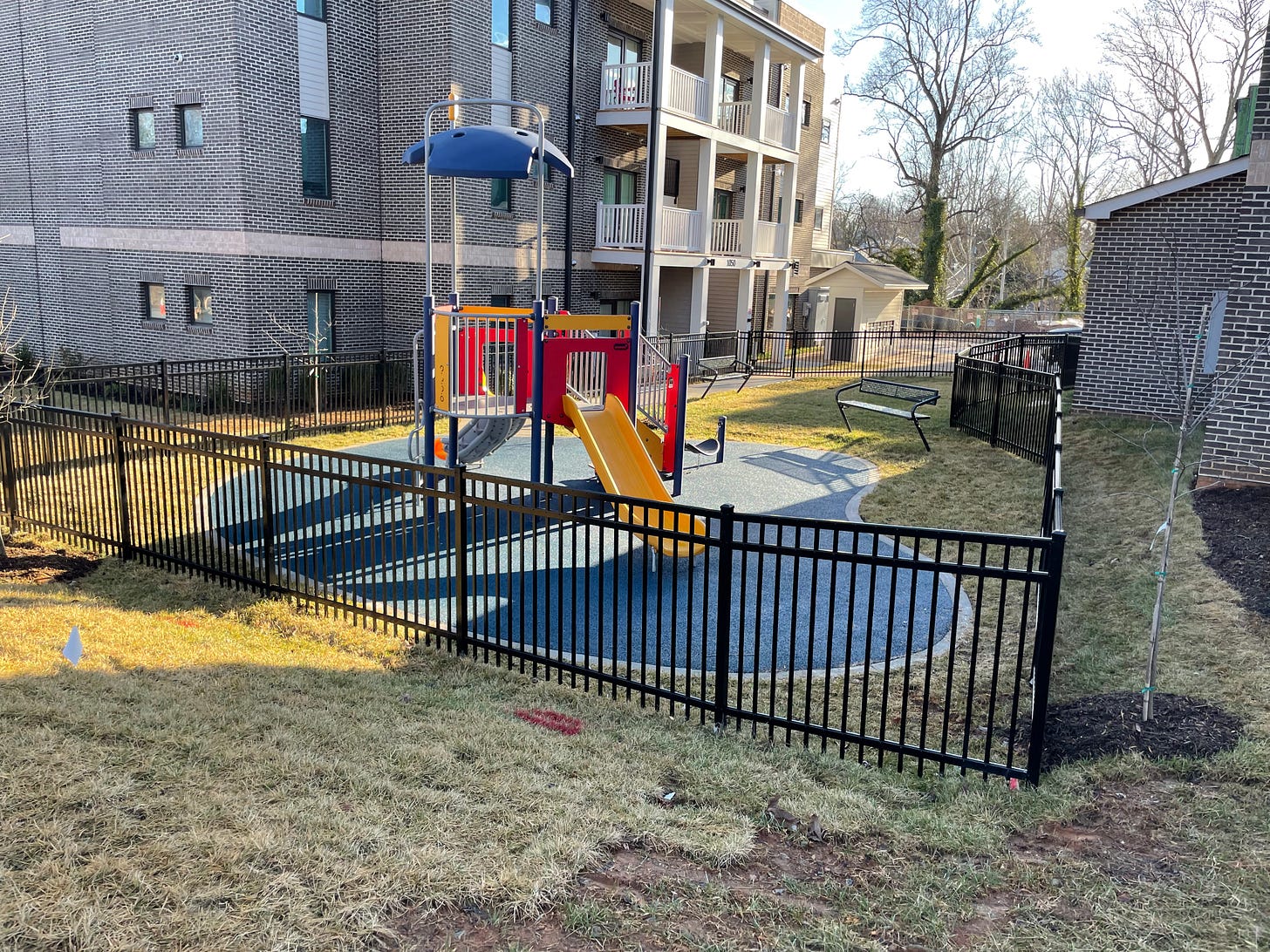More on playgrounds
What is the responsibility of architects to consider kids with disabilities?
Keep reading with a 7-day free trial
Subscribe to Special Education Today with John Wills Lloyd to keep reading this post and get 7 days of free access to the full post archives.


